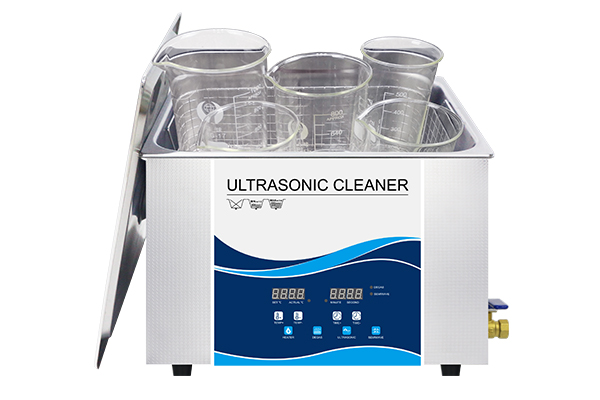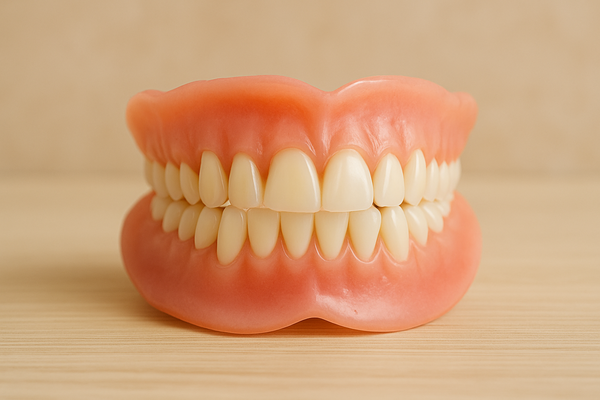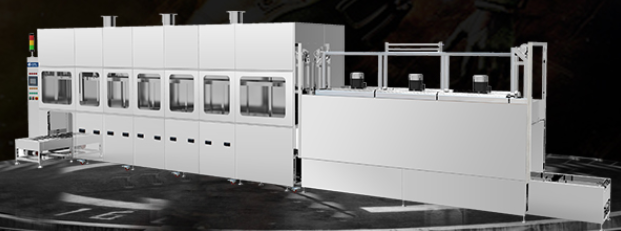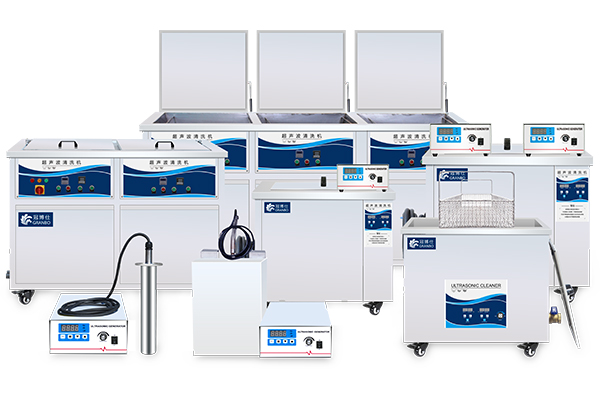In semiconductor manufacturing, cleanliness is crucial to the quality and performance of the products. Semiconductor components are extremely sensitive, and even the slightest contamination can cause functional failures. To address this issue, ultrasonic cleaning technology has emerged as an ideal solution.
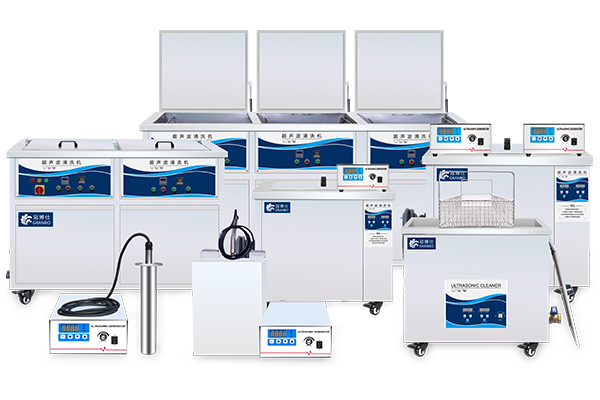
Advantages of Ultrasonic Cleaning Technology in the Semiconductor Industry: Ultrasonic cleaning technology has significant advantages over traditional cleaning methods. Firstly, it can provide highly consistent cleaning results without damaging the components. Secondly, the ultrasonic cleaning process is highly automated, which can significantly improve production efficiency and reduce manual intervention. Additionally, the use of water-based cleaning solutions makes it more environmentally friendly, reducing the use of harmful chemicals. Moreover, the parameters of ultrasonic cleaning equipment (such as frequency, power, and time) are adjustable, allowing optimization according to different cleaning needs and adapting to various application scenarios.
Working Principle of Ultrasonic Cleaning: The core of ultrasonic cleaning lies in the “cavitation effect,” which is induced by high-frequency sound waves propagating through a liquid medium. In an ultrasonic cleaning machine, sound waves generate countless tiny bubbles in the cleaning liquid. These bubbles rapidly collapse after formation, producing minute shock waves that effectively dislodge and disperse contaminants adhering to the semiconductor surface. This process can remove not only particulate matter, dust, and grease but also minute metal shavings and other stubborn residues, ensuring the cleanliness of semiconductor components.
Application of Ultrasonic Cleaning in the Semiconductor Industry: Ultrasonic cleaning is applied in multiple stages of semiconductor manufacturing, particularly in the production of wafers and chips. Traditional cleaning methods struggle to thoroughly remove contaminants from complex structures, whereas ultrasonic cleaning can penetrate minute crevices and holes, ensuring thorough cleaning of every corner. For example, during the cleaning of silicon wafers, ultrasonic cleaning can effectively remove abrasive particles left from the polishing process, ensuring the smooth progression of subsequent procedures.
Furthermore, ultrasonic cleaning machines are not limited to the semiconductor industry; they are also commonly used in industrial, medical, and laboratory settings to clean various items, including jewelry, electronic parts, medical instruments, and even automotive components. This method is often preferred over others because it is non-abrasive, non-corrosive, and capable of cleaning complex and hard-to-reach areas. Additionally, ultrasonic cleaning is an environmentally friendly process since it typically uses water-based cleaning solutions and does not produce hazardous waste.

